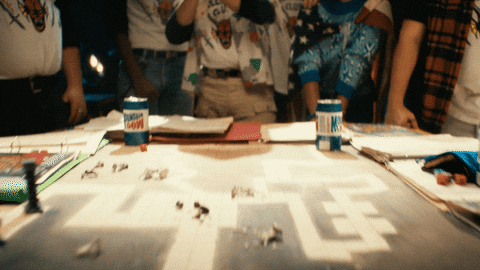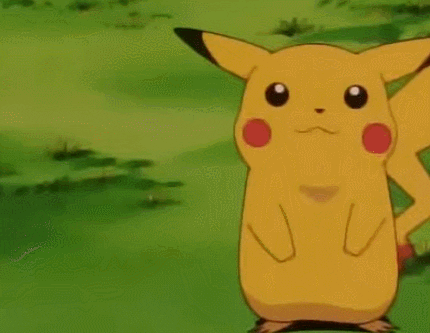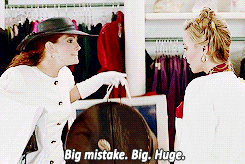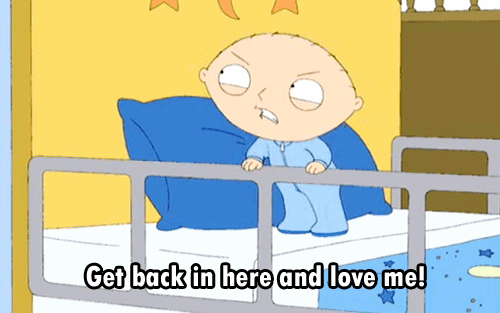Issue 1: Dungeons, Dragons, and Brand Betrayal
What happens when a brand treats their community like the competition?
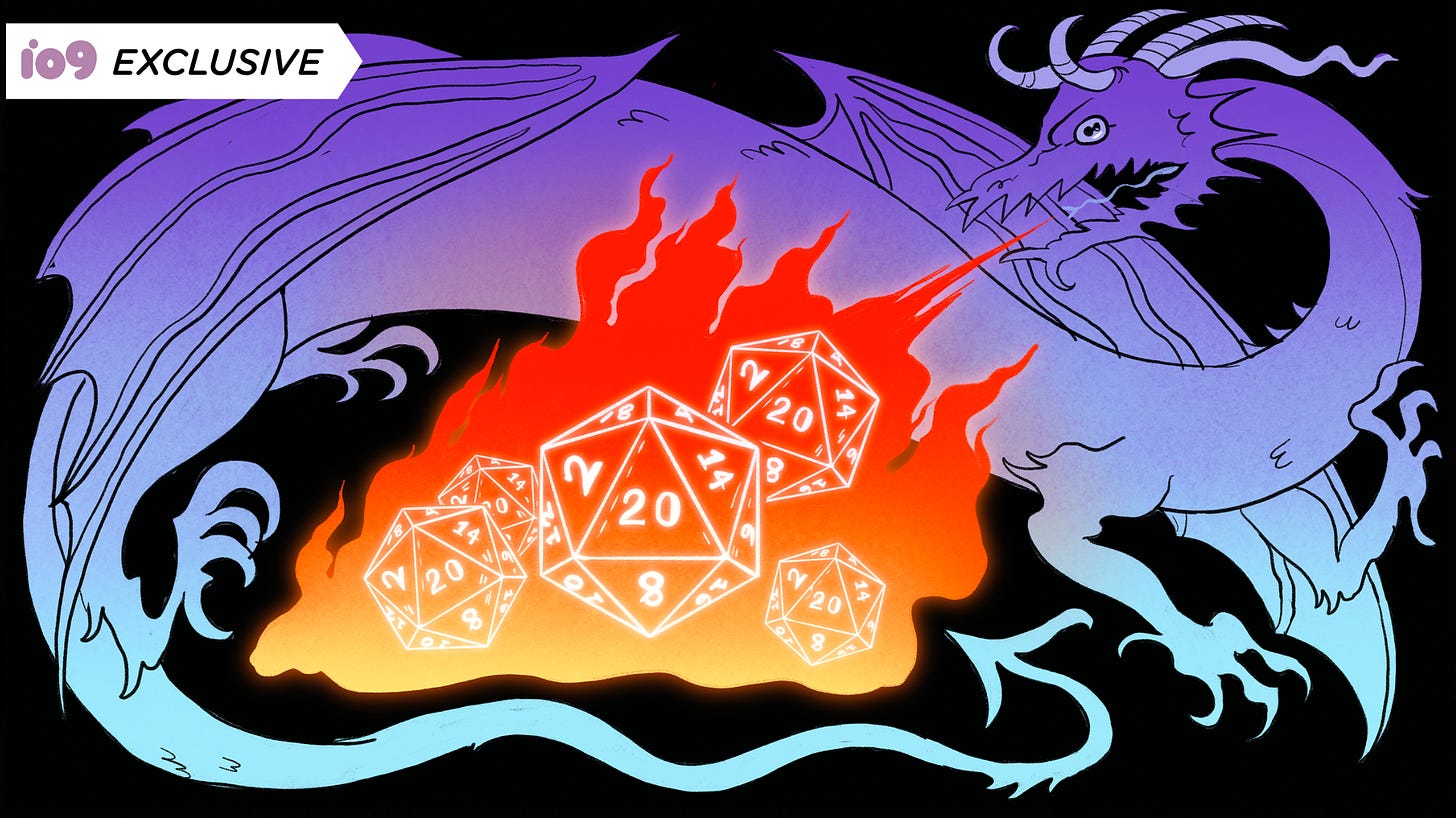
Since the sensational launch of Stranger Things, Dungeons and Dragons (D&D), the world’s most famous tabletop roleplaying game, has been experiencing a renaissance.
For the uninitiated, D&D is a tabletop roleplaying game where a group of players embark on an adventure enacted in the imagination. It is essentially, collaborative storytelling with game mechanics, with a referee/chief storyteller known as the Dungeon Master (DM) facilitating the experience.
From Baldur’s Gate 3 to the upcoming film ‘Dungeons and Dragons: Honor Among Thieves’, the IP behind that nerdy game you may have once secretly tried is now big business. In fact, Wizards of the Coast, the company that owns the D&D IP, posted $1.3B in revenue last year alone, making up a whopping 20.3% of parent company Hasbro’s total revenue for 2022. When you consider that Hasbro also owns the rights to Peppa Pig, Transformers, and Monopoly, you realise tabletop gaming is kind of a big deal now.
Wizards of the Coast had everything they could possibly want in D&D to grow in our difficult economy:
An instantly recognisable brand
A valuable, scalable IP
A hyper-engaged creator community
A significant market share of the global RPG tabletop gaming market
A growing online ecosystem of low-cost products to serve the community, including DNDBeyond, a one-stop shop for resources, character creation, and campaign building
And an incredible brand partnership with wildly popular Twitch show Critical Role, with its own adventure book spin-off, ‘Call of the Netherdeep’.
On 5th January 2023, they burned all that to the ground, when they attempted to roll back one uniquely important legal document that made D&D the unique brand ecosystem it is today.
How does a legal document go from liberating a community to turning them into D&D’s biggest competition?
Roll initiative, and let’s dive in.
The Rise
To understand the relationship between D&D and its community, we need to go back to early 2014. D&D was rapidly dying out as a hobby. The fourth edition ruleset was way too difficult for new players – think calculators for every move. And the game had a poor reputation as the preserve of socially awkward, nerdy outcasts. Wizards of the Coast needed to do something drastic to get new players in.
So they made it easier. The 5th Edition ruleset (5e) is a much simpler version of previous rulesets, with beautifully illustrated hardbacks packed with inspiration for campaigns. They also released an Open Gaming License (OGL), a simple legal document that allows creators to use the base IP and make their own adventures and resources for sale. It was fair, inclusive and irrevocable.
With the OGL, came the power for players to weave their own worlds and share them with others, for profit. Fueled by wild imagination, a creative community of writers, artists, musicians and technologists flourished around D&D, as people created resources for new adventures, including unique character classes, locations, items, maps, music and virtual tabletop software for people to play together online.
This third-party creator ecosystem, enabled by the OGL to create and profit from content without interference from Wizards of the Coast, helped bring a vast number of new, younger players into the game. By making the original IP even more accessible, vibrant and dynamic, Wizards of the Coast created an incredible organic sales funnel. This ultra-engaged community brought new players into the D&D world without needing any prompting. And those players, once hooked, bought the hardback resources, DNDBeyond subscriptions, the works. It was a brilliant, synergistic ecosystem with plenty of free brand exposure that needed limited investment to thrive. A marketer’s dream, right?
Sneak Attack!
Then, Hasbro got greedy. Over the last ten years and counting, there’s been a shift towards derisking profits within the global media sector, by moving away from creating new IPs to monetising existing, well-known IPs by building a product ecosystem around them. Case in point - Star Wars. What started out as an 70s/80s film trilogy has now become a monetised media empire in the hands of Disney execs. Their advantage – its closed IP – fans must wait for new releases from the company. They do not have the legal right to make and sell to make their own, Star Wars-inspired products without express permission and a legal contract with Disney. Which means Disney can rake it in.
Hasbro’s C-Suite saw the revenues of the likes of Disney and thought “we’ll have that.” On 5th January 2023, they attempted to revoke OGL.
The Fall
The new terms of the revised OGL were crippling for third-party content creators. All income earned by any creator would have to be declared to Wizards of the Coast. The company would have the right to use any IP by third party content creators, without credit or remuneration. For those earning over $750,000/year from making D&D IP, Wizards of the Coast would take a brutal 25% of their gross revenue. That’s not profit, that’s their total revenue for the year. Nuts.
It treated the third-party creator ecosystem as competitors rather than collaborators. And it seems like the implicit, unspoken aim of the new OGL was to put them out of business. This had ramifications way beyond the D&D community. A number of competitor tabletop games, including Paizo’s Pathfinder 2e, are loosely based on the D&D IP. With one fell swoop, this new license threatened to put entire swathes of the tabletop industry out of business.
A smart business move, some would say.
Not if your entire business relies on community engagement.
The Revolt
As soon as the new OGL broke on Twitter, the community was in uproar. Very quickly, a party of influential creators banded together to create the #OpenDND movement, with a petition to keep the original OGL intact. It quickly reached over 70,000 signatures. Officially, Wizards of the Coast was unmoved. But the leaks started to come thick and fast.
The new OGL came from Hasbro’s C-Suite. They held the D&D community in contempt; the only metrics they cared about were DNDBeyond subscriptions and the box office launch figures for their upcoming Hollywood blockbuster. So fans started cancelling their subscriptions in droves. It hit their bottom line within two weeks. C-Suite started paying attention. Social media went silent for a week.
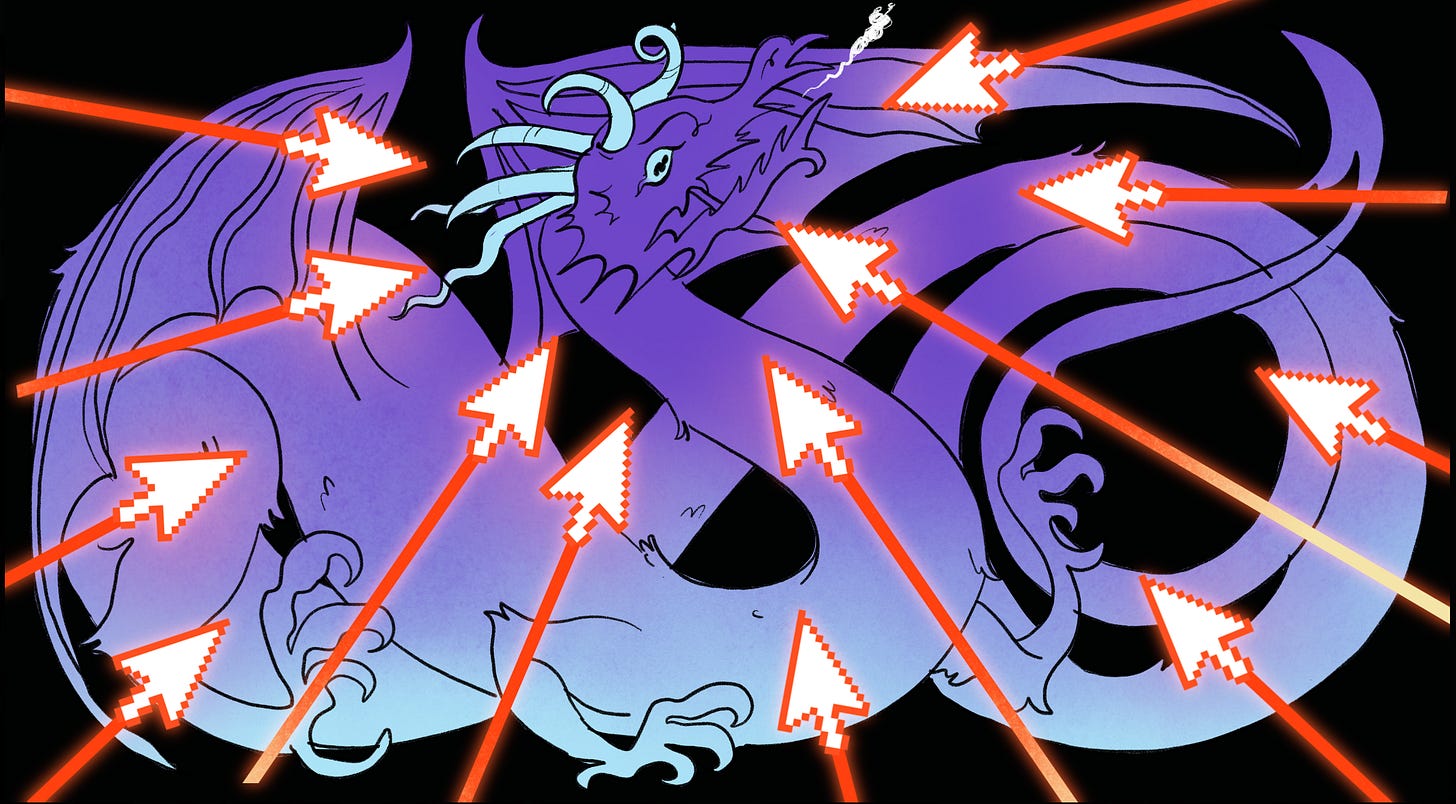
Then the U-turn started. Over the next couple of weeks, the OGL terms started to be rolled back, but the most punitive were kept in. The community turned away, cancelling subscriptions, bombarding the company’s marketing channels with negative feedback, publicly denouncing the decisions and communications with every social media post. It was, in a word, a shitshow.
The Surrender
On 27th January, Wizards of the Coast buckled. The original OGL would remain, irrevocably, for the upcoming 6th edition of the ruleset. They would not try to limit third-party creators, profit from their IP or muscle in on their earnings. They had seen the light (and their declining revenues), and now they’re rolling death saves.
But it’s too late. Creators and players are now leaving D&D behind in droves. The reputation of Wizards of the Coast is in the toilet. The entire tabletop RPG industry has been turned on its head. And the value of the D&D IP has likely taken a massive nosedive. Actual competitors are growing, building their own systems outside of the D&D ecosystem to protect their future profits.
In one misjudged move, they’ve fragmented their own market, created greater competition, trashed community goodwill, burnt their brand perception to the ground, and wiped millions off the value of their own business. It is extraordinary.
The learnings
If you’re lucky enough to have a brand with an engaged community, work with them! Don’t treat your community as competition, a threat to be eliminated rather than a valuable source of insight. Especially if they’re telling you things that you might not like, but you need to hear. Listen to your market. Literally. Just talk to them. And when I say talk, I mean ask good questions and listen.
Find out how they actually use your product, be curious about the role it plays in their life and the real need it fulfills. The answers might surprise you. And that’s a great thing. Because in that surprise lies the insight you need to build a powerful, brilliant brand that truly serves your customers.
Ask good questions, listen to the right people, open up to unexpected viewpoints.
It really is that simple.
Until next time, nerds!
Becca




